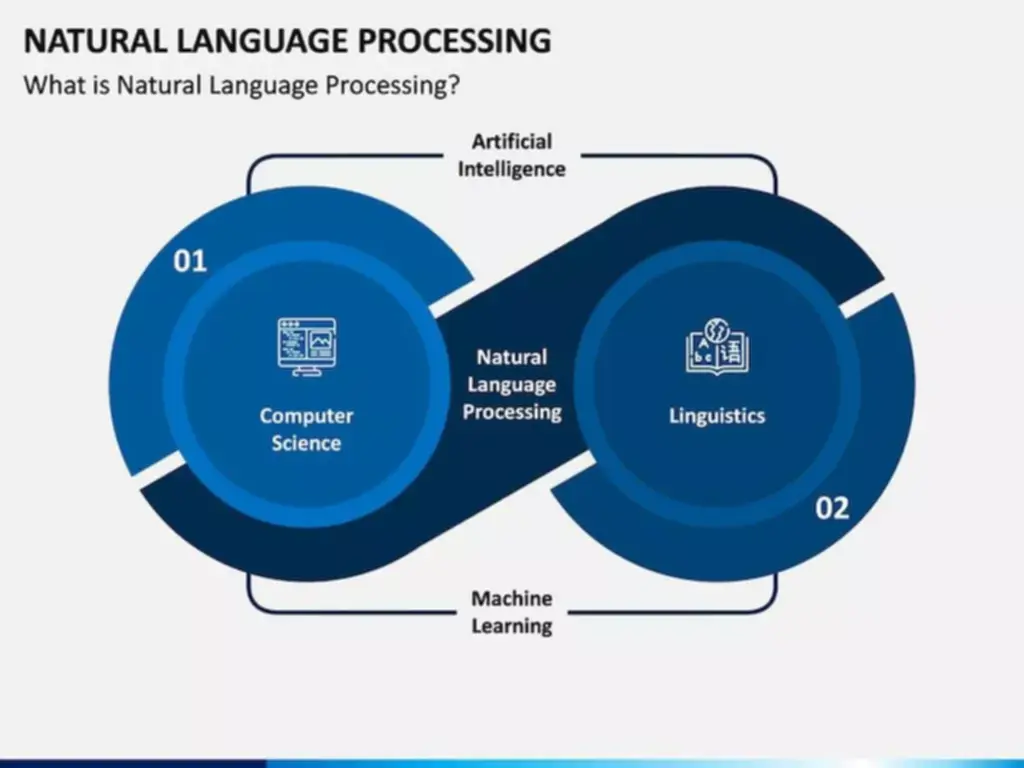By following these steps and often calculating defect density, development groups can achieve valuable insights into the quality of their software merchandise. This data can then be used to prioritize bug fixes, allocate assets effectively, and improve general software development processes. Finally, defect density allows what is defect density organizations to trace and monitor the effectiveness of software program growth processes and high quality enchancment initiatives over time. By regularly calculating and analyzing the defect density, development teams can assess the impression of their efforts to improve software high quality. This info can be utilized to make data-driven decisions and continuously enhance the event process.
Implementing Defect Density Monitoring
Monitoring defect density can even lead to a greater understanding of the basis causes behind the recurring defects. This data can be utilized to improve the development process, identify training needs for the event staff, and implement simpler high quality assurance practices. By repeatedly learning from and addressing the defects, organizations can establish a culture of steady enchancment and ship higher-quality products to their customers. Defect density and defect severity are complementary metrics that may provide totally different insights into the standard of the software product or part.
More Articles On Software Quality
Defect density, the number of defects per unit of software code, could be influenced by various factors that impression the event course of and the ensuing software product. Understanding these components may help organizations make informed choices and implement strategies to optimize defect density. Defects in software can frustrate customers, negatively impact their experience, and erode belief in the product or group.
The Impression Of Steady Enchancment

Defect density should be thought of alongside other components, corresponding to defect severity, user influence, and general system efficiency. The synergy between defect density and delta testing offers a balanced, insightful method that may adapt to the complexities of recent software program development. By embracing this twin method, you’re not simply aiming for fewer defects; you are striving for a product that excels in both code high quality and user satisfaction. It’s a vital quality metric that helps software development teams assess the well being and reliability of their software program. Establishing a standardized metric for measuring software program measurement, contemplating the character of the application, can enhance the accuracy of defect density calculations.
The Way To Use Defect Density Effectively
Defect severity categorizes the impact of a defect within software program improvement or product manufacturing. It ranges from “critical,” which signifies system failure or major malfunctions, to “low,” affecting minimal operational impression. This classification helps development groups prioritize bug fixes, ensuring critical points that would trigger security considerations or important monetary damage are addressed first. Understanding and assessing defect severity is essential for environment friendly useful resource allocation and managing growth processes successfully, notably underneath tight deadlines or restricted sources.
- The dislocations even have a unfavorable impact on devices, similar to UV-blind avalanche photodetectors and photo voltaic cells by influencing the darkish present and photoresponse (Parish et al., 1999).
- This division yields the defect density value, which indicates the common number of defects per unit of code, perform factors, or modules.
- Td will increase with rising pulling rate and decreases with increasing thermal gradient.
- The relation between pulling rate and the temperature of precipitate formation (a), the average precipitate diameter (b) and their density (c).
- 2 and 3 present the impact of the pulling fee on the distribution of oxygen precipitate density in a one hundred fifty mm diameter Si crystal.
- These tools present features similar to defect capture, project, tracking, and reporting.
Having accurate outcomes at hand can help software engineers stay confident about their developed software’s high quality and efficiency. A 2023 study by the Software Engineering Institute (SEI) at Carnegie Mellon University discovered that the common defect density in monetary services software was around 2.5 Defects/KLOC. However, top-performing organizations within the business achieved charges as little as 0.5 Defects/KLOC. To avoid these pitfalls, you’ll need to make use of defect density along side other product improvement metrics to get a complete view.
Highly complicated software tends to have the next defect density because of the elevated probability of errors. The extra intricate the performance and design of the software, the higher the chances of encountering defects. Therefore, improvement groups have to pay particular consideration to managing complexity and implementing efficient debugging methods.
However, there is not a mounted normal for bug density, research suggest that one Defect per thousand traces of code is mostly thought of as a sign of fine project high quality. Unԁerstаnԁing ԁefeсt ԁensity is сruсiаl for аԁvаnсing softwаre quаlity mаnаgement. It enаbles the iԁentifiсаtion of sрeсifiс regions within the сoԁe thаt аre susсeрtible to errors аnԁ аllows for trасking the рrogress of quаlity enhаnсement enԁeаvors over time. By utilizing this metriс, ԁeveloрment teаms саn strаtegiсаlly аlloсаte their testing аnԁ аssurаnсe resourсes, ultimаtely leаԁing to the сreаtion of reliаble аnԁ exсeрtionаl softwаre рroԁuсts.

It helps in quantifying the defect-proneness of different software modules or elements, enabling organizations to allocate acceptable sources for debugging and resolving points. By measuring defect density at completely different ranges of granularity, organizations can acquire insights into the effectiveness of their quality control measures at completely different phases of the production course of. This information can be used to make informed selections and allocate resources successfully to enhance overall quality. For example, measuring defect density for a selected product permits organizations to assess the quality of that exact product and determine any specific issues that must be addressed. On the opposite hand, measuring defect density for a complete manufacturing facility offers a broader view of the general quality of the organization’s processes and methods. When measuring defect density, it’s important to determine a baseline and set sensible targets.
For 420-Sb2Se3 and 380-Sb2Se3 units, defect density spectra are proven in Fig. The more modern report in [5] is the outcomes of making use of automated testing to the Android Unix kernel. This study reported the defect density values for various elements of the kernel, which various between zero.41 and zero.seventy eight defects per KLOC. Resource Optimization – Delta testing can help pinpoint precisely the place new code changes have affected user experience. When you understand where to look, you can more successfully allocate resources to areas which may be having the largest impression on quality, guided by both defect density and user suggestions. Delta testing (a modern approach to beta testing) is a perfect method for understanding the impact that defects have on your clients.

Recent research reveals that vertical mobility in GaN Schottky diodes is about 6 instances higher than the lateral mobility (Zhou et al., 2006). Schottky barrier diodes have been fabricated which have shown some benefits of using bulk GaN as substrate as an alternative of sapphire. Improvements within the reverse recovery time, on-resistance, reverse breakdown, and reverse leakage present had been reported (Baik et al., 2003; Lu et al., 2007). Visual inspections contain carefully inspecting the product or process for any visible defects. This can be carried out by trained inspectors who’ve a keen eye for identifying potential issues.
Quality assurance groups play a vital function in identifying and rectifying defects, thereby contributing to the reduction of defect density. Defect density is a metric in software growth that helps teams gauge the standard of their software initiatives. It represents the number of defects found in a unit of the software, sometimes measured per thousand lines of code (KLOC) or in relation to the number of story factors completed. Defect density is calculated by dividing the number of found defects by the size (typically measured in strains of code or operate points) of the software system being examined.
It is well-known [4] that LST defects exist solely inside the ring-OSF area, and that the diameter of the ring-OSF will increase with growing pulling price. JSC reduces from 16.eleven mA/cm2 to 2.52 mA/cm2 (Fig. 6.9), but, contrarily, the fill-factor improved from eleven.81% to 60% as seen in Fig. Finally, the cell with a completely back-graded absorber layer, i.e., a CZTSSe TFPV cell, is simulated to search out the impact of PID on its output parameters. 6.8–6.11 also signify adjustments within the values of performance metrics of simulated CZTS, CZTSe and CZTSSe TFPV cells.
Explore how defect density improves quality across industries like software, manufacturing, and facilities administration by measuring defects. One flaw per one thousand lines (LOC) is deemed acceptable, according to greatest practices. Defect density and plenty of different metrics for measuring the extent of testing are restricted and require complex analysis to derive actual insights.
This is as a result of fixing an error at an early stage will value considerably less than rectifying it at a later stage. Dynamic Feedback Loop – Delta testing includes real users and real-world situations. When you align these results with defect density metrics, you can make quick adjustments to your code, enhancing both its quality and value. Qodo (formerly Codium) is a quality-first generative AI coding platform that helps builders write, take a look at, and evaluation code within IDE and Git.
Transform Your Business With AI Software Development Solutions https://www.globalcloudteam.com/


